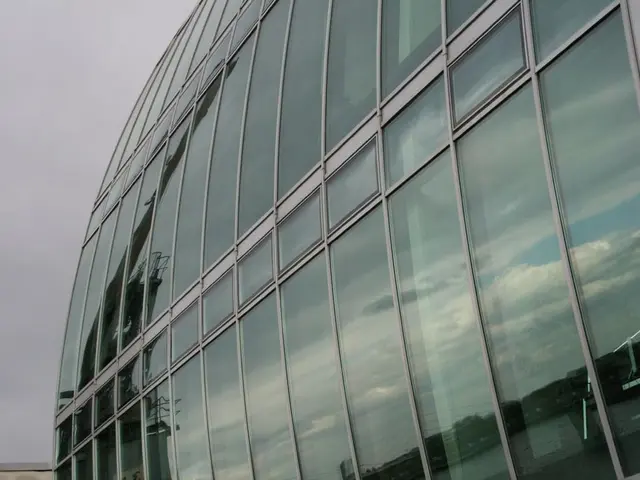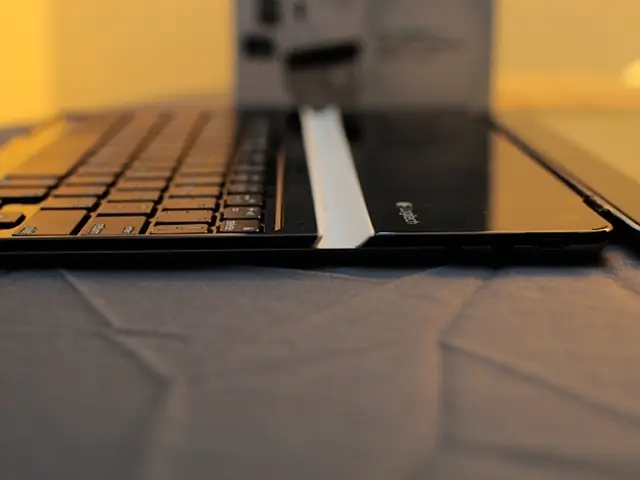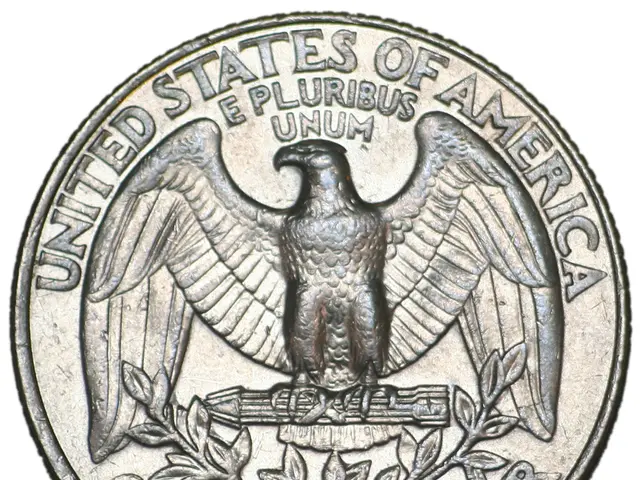Streamlining Internal Communication--Electronic Notifications for Office Correspondence
In a commendable move towards enhancing workplace efficiency, Toyota has introduced an advanced mail notification system that leverages digital technology and sensors to streamline the delivery and notification of internal mail. The system, initially developed by Takako Suzuki, a member of the Advanced Space Mobility Development Division, has been met with great acclaim and has been replicated by Eriko Kimoto of the Lexus Design Division.
The heart of the system lies in sensors installed on mail cabinets, which monitor the status of each cabinet in real-time. When new mail is detected in a specific cabinet, a digital notification is automatically triggered and sent through Toyota's internal communication channels, alerting the employee that they have mail waiting for pickup without the need for physical checks.
One of the system's notable features is the "I'll collect it!" button, a new addition that allows users to indicate they are collecting the mail. This feature originated from the Kamigo Plant/Shimoyama Plant Engine Manufacturing Engineering Division. The mail notification system now includes a feature that sends a message when someone picks up the delivered mail, including the name of the person who collected it.
The Creative Idea Suggestion System, another initiative by Toyota, has played a significant role in fostering a better understanding of different roles within the company. The system, which allows for easy photo sharing and notification of team members, was developed by Suzuki.
Toyota's emphasis on integrating digital technology and sensors for operational improvements is evident in this mail notification system, contributing to improved workplace efficiency by reducing the time employees spend checking mail manually and ensuring timely receipt of internal communications and documents.
It's worth noting that the system's technical specifics, such as the type of sensor or notification platform, are likely customized and proprietary, focusing on data privacy and seamless integration with Toyota's employee communication infrastructure.
The system's inception was inspired by a post on the D-ROOM community in Teams, a collective focused on learning, experimenting, and engaging with others. The Lexus Design Division added an aesthetic element to the system, with all the equipment neatly housed in a box.
For Suzuki and Kimoto, the philosophy of kaizen, which means smoothing connections between people, objects, and ideas, and making life easier for everyone, is at the forefront of their innovative ideas. They believe that creative ideas help create a sense of teamwork and lead to better solutions.
In a thoughtful gesture towards inclusivity, a sign was updated in the spirit of universal design to be more easily read by those with colour vision deficiencies. This attention to detail underscores Toyota's commitment to creating a workplace that is accessible and inclusive for all its employees.
In recognition of her efforts, Eriko Kimoto received 2,000 yen for copying Suzuki's mail notification system and making improvements to it for her department. This acknowledgement serves as a testament to Toyota's culture of continuous improvement and the value it places on creative ideas that contribute to a more efficient and inclusive workplace.
- The advanced mail notification system, a testament to Toyota's commitment to enhancing workplace efficiency, also showcases the company's interest in entrepreneurship, as the system has been copied and improved by Eriko Kimoto, demonstrating Toyota's culture of continuous improvement.
- Suzuki's Creative Idea Suggestion System, which fosters a better understanding of different roles within the company, is another instance where technology (photos and notifications) is employed to streamline business operations, promoting efficiency much like smart-home devices.
- As Toyota integrates technology into its operational improvements, it also considers the importance of inclusivity, as seen in the update of signs for better accessibility, a reflection of smart-gadgets designed with user convenience in mind.







